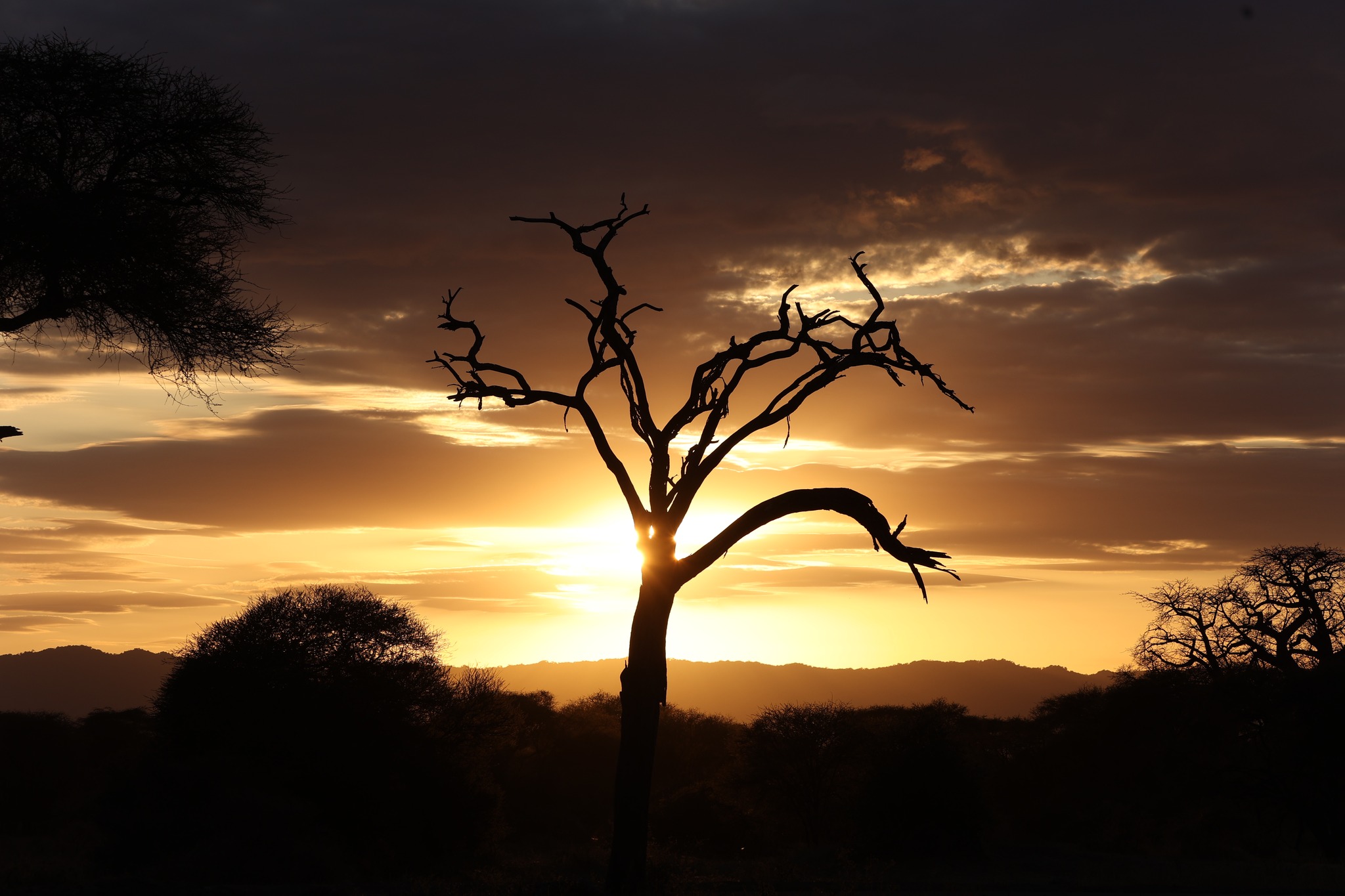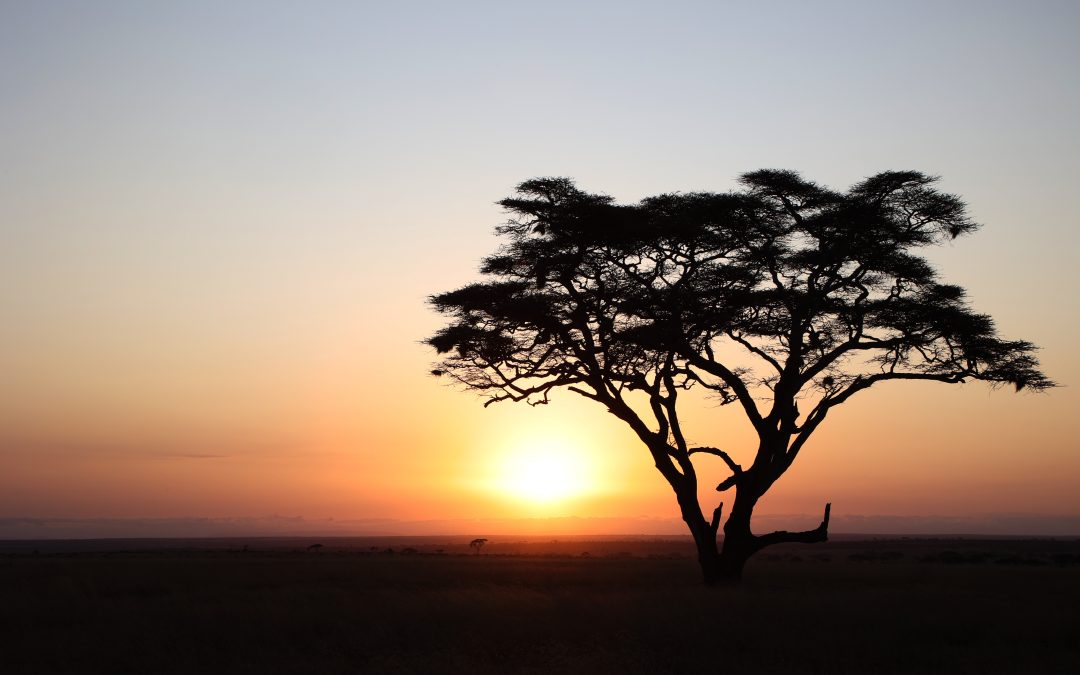
The search for Simba
‘We are driving through The Lion King!’ It was hardly surprising for super-Disney-fan Simoné to make this on-point observation as we slowly meandered through the grassy savannah studded by flat-topped acacias. The mighty Serengeti National Park surely ranks high on the bucket list of many people, particularly nature fanatics like us. We had always thought this king among national parks to only be reserved for those that enjoy high tea and heated towels. However, since finding out that one can indeed self-drive and DIY camp inside, we started hatching plans to make an overland pilgrimage to Simba’s kingdom. We visited the Serengeti during the dry season and opted to also visit the lesser-known but spectacular Tarangire National Park shortly thereafter. Here is what we found.
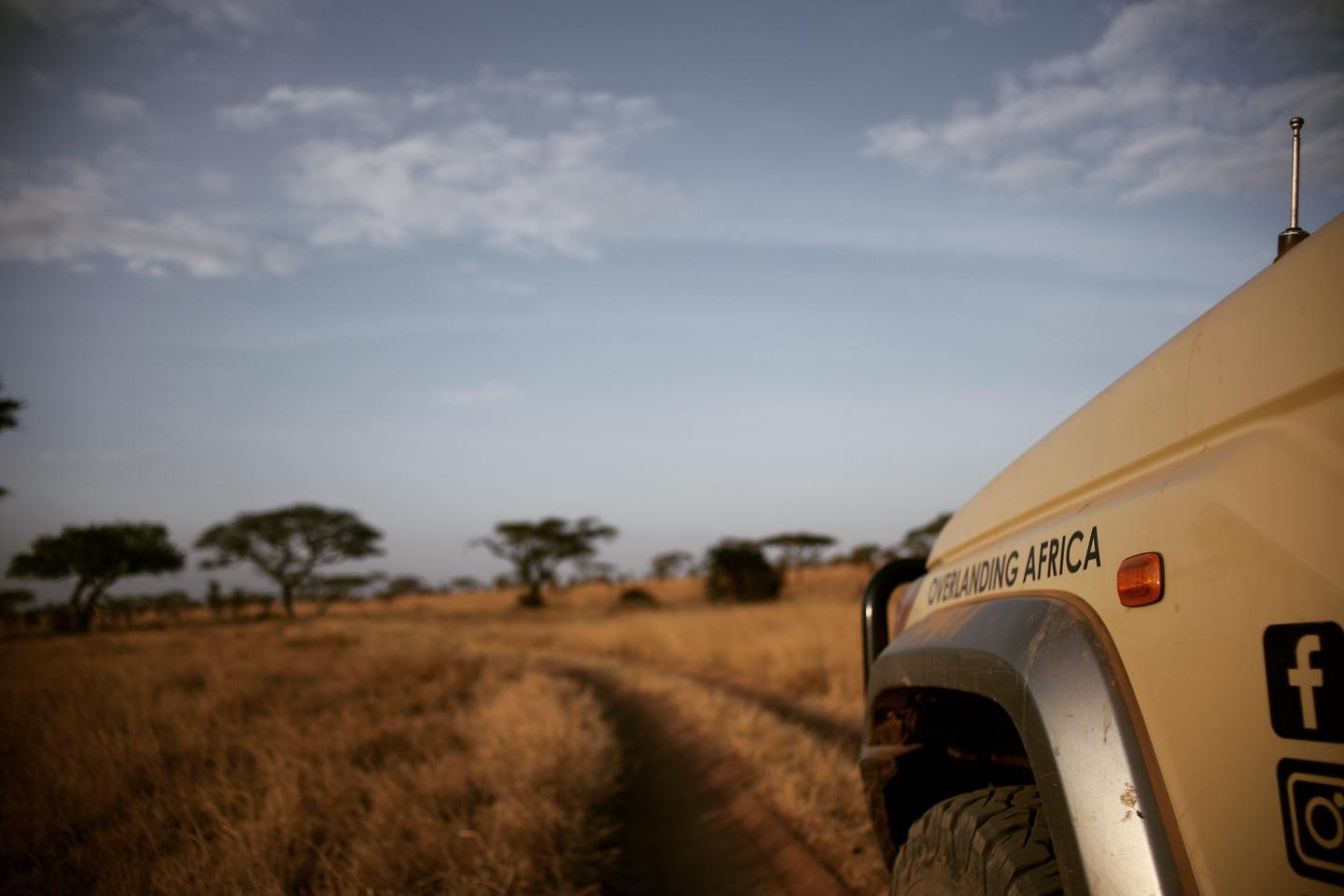
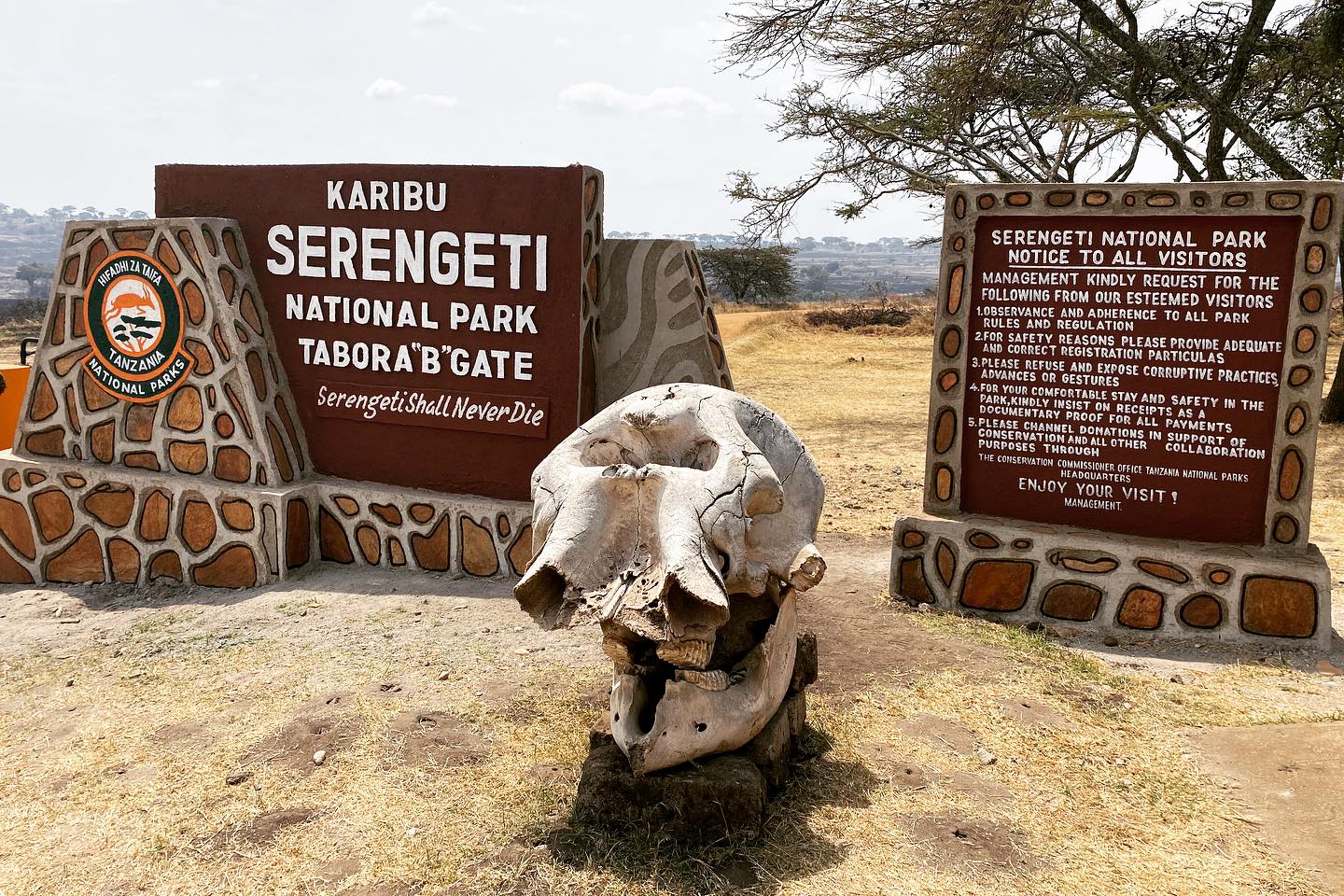
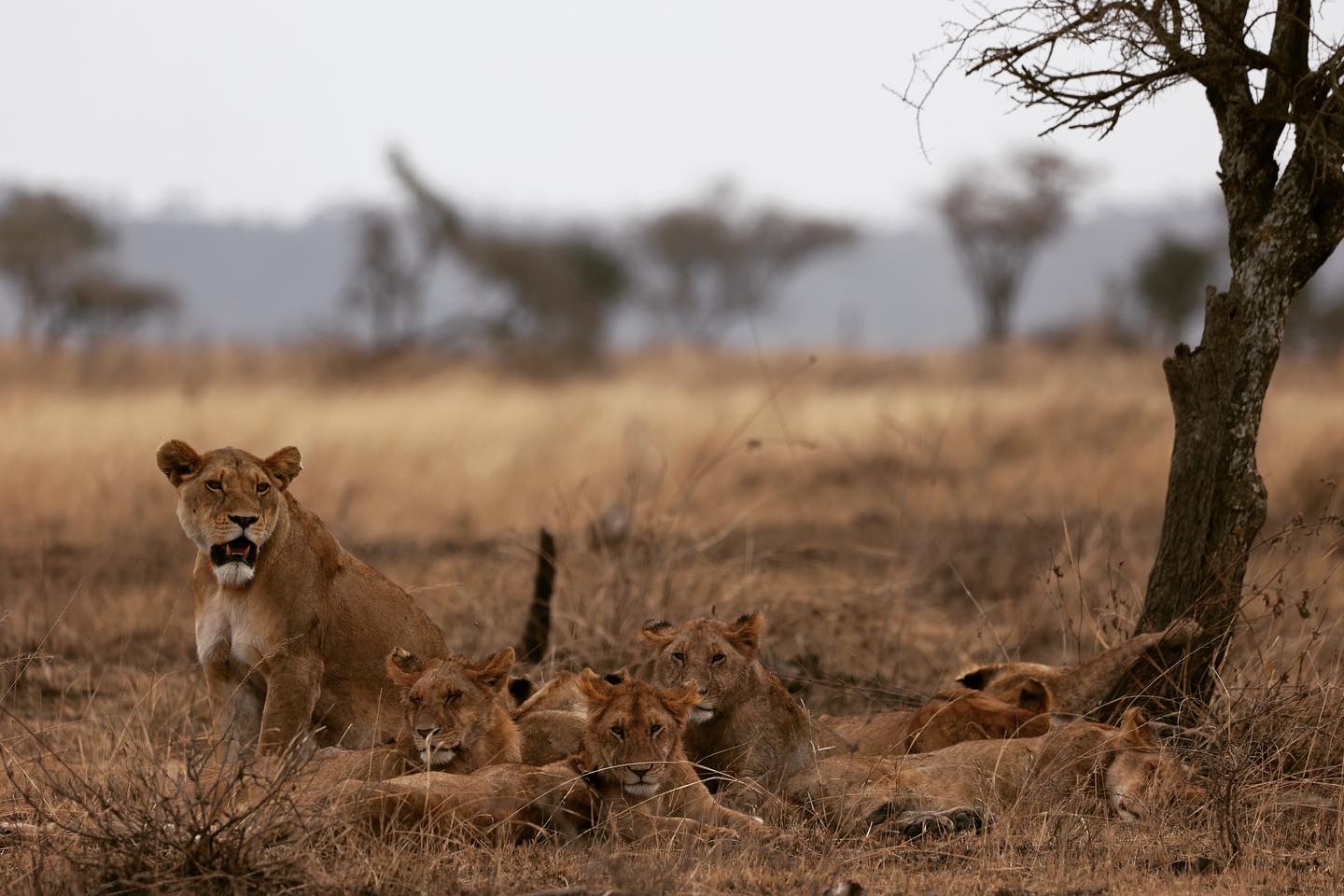
Everything you see exists together in a delicate balance. – Mufasa
Coming from Rwanda, we headed up Lake Victoria’s shoreline and stopped by the beautiful campsite of Rocky Bay lodge where we were welcomed warmly by its SA-expat owners. Taking the Mwanza Bay ferry, we eventually made our way to one of the north-west entrance gates of the park. We visited early in August, which meant that the bulk of the famous blue wildebeest herds were concentrated in the north of the park, starting to cross the Mara river on their eternal clockwise trip toward greener pastures.
Shortly after entering, we were quite simply awed by the sheer number of animals. Thousands upon thousands of wildebeest staged in herds of various sizes, some milling anxiously while contemplating the dreaded river crossing. Travelling south, herds of zebra, topi, and Coke’s hartebeest dotted the landscape. Driving through the central plains, the ubiquitous Thompson’s gazelle abounded and Grant’s gazelles showed off their impressive horns while iconic Maasai giraffes ambled across the horizon.
Birdlife was equally impressive. Aptly-named Superb Starlings proved as common locally as its Cape Glossy cousins in South Africa and eye-catching Yellow-necked Spurfowls called from open savannas. White-headed Buffalo-weavers chatted in trees, and African Orange-bellied Parrots foraged among palm trees.
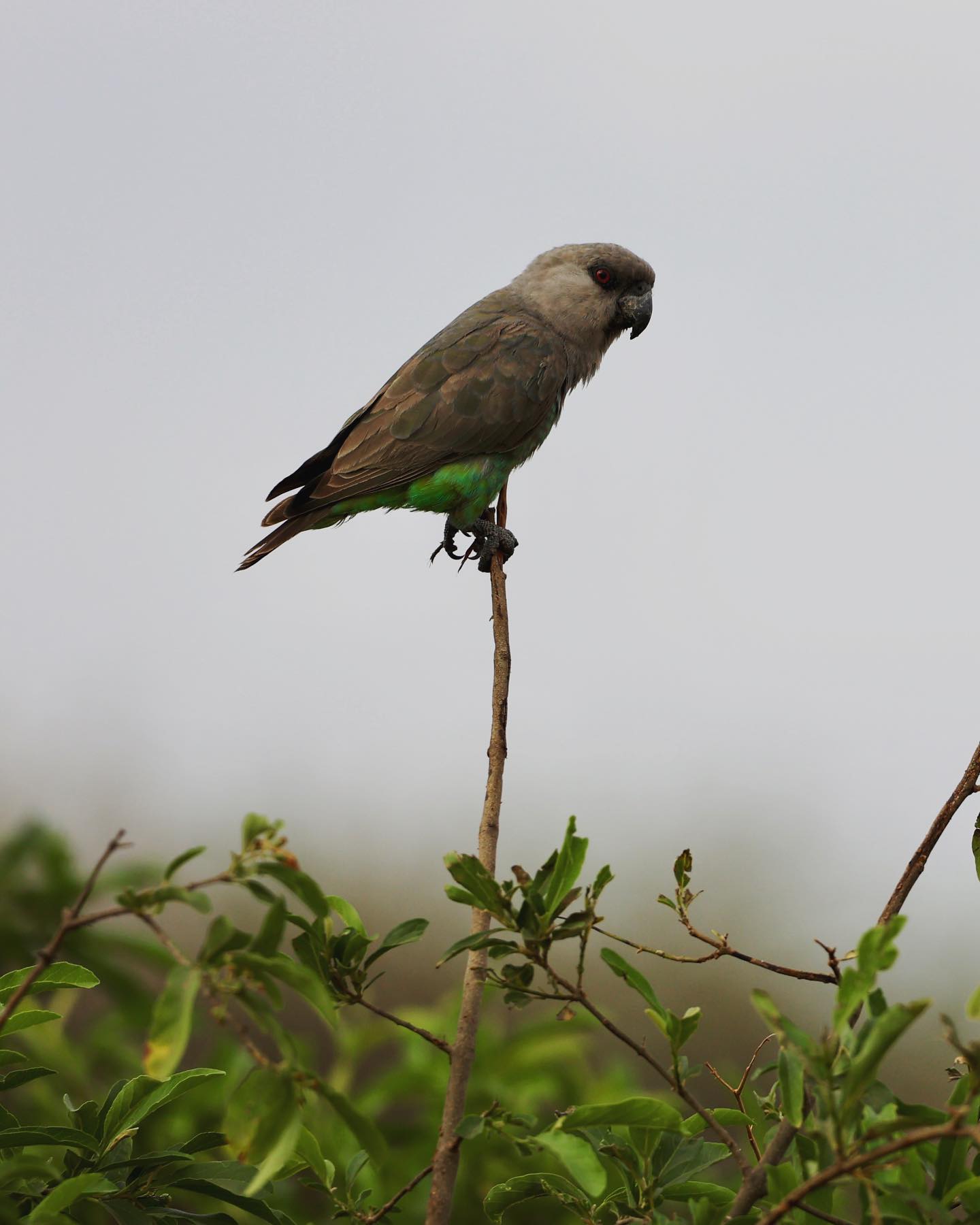
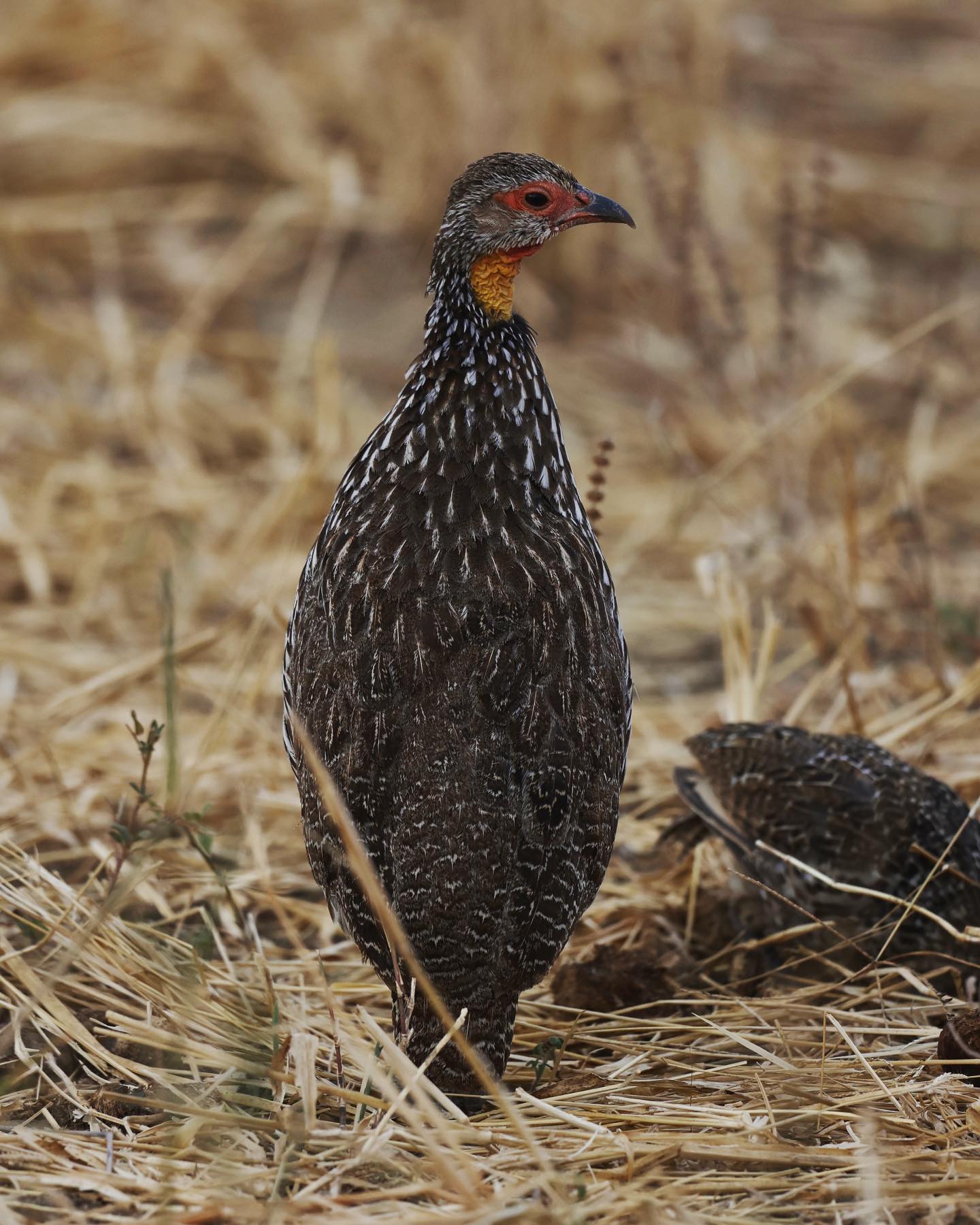
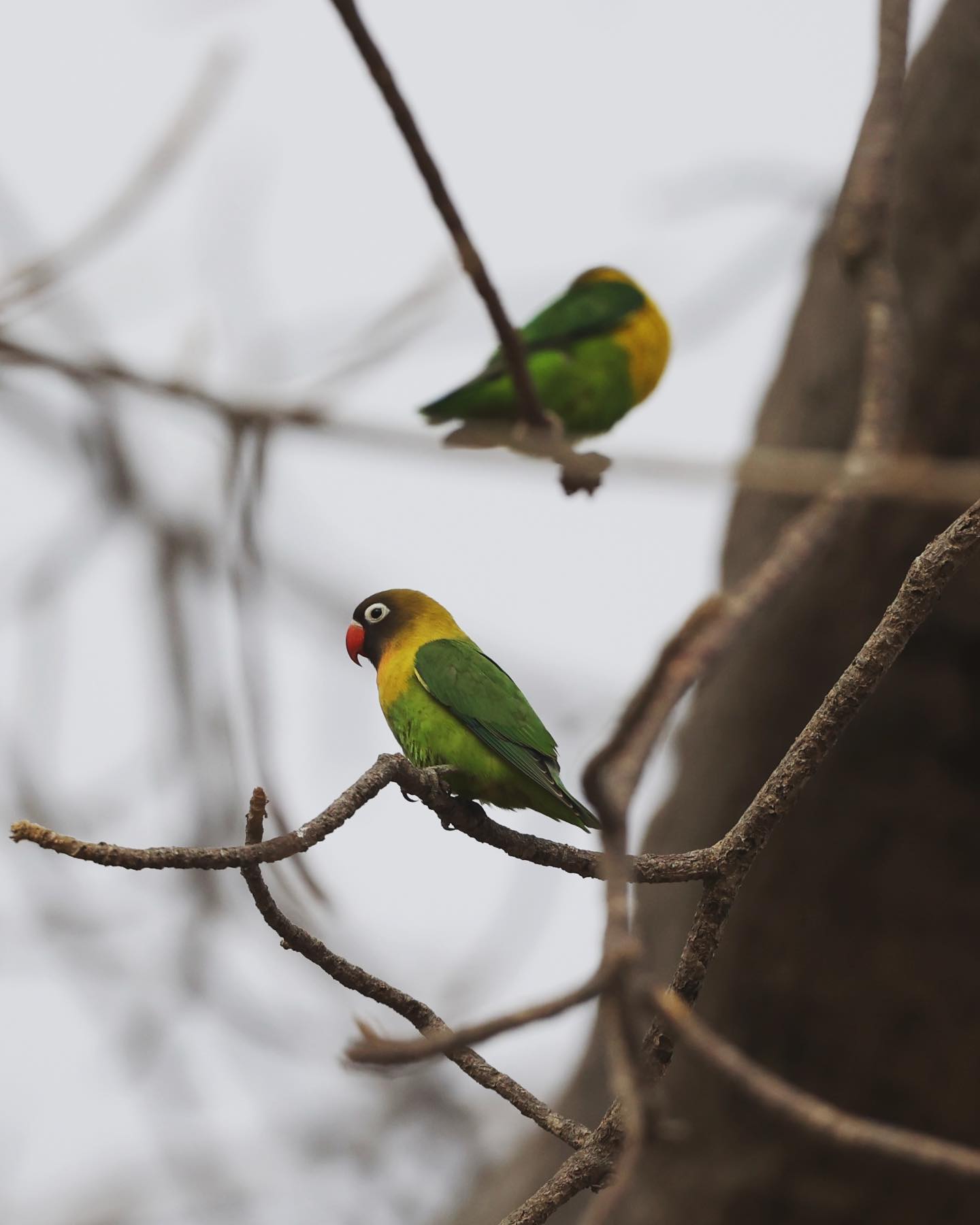
Everything the light touches is our kingdom. – Mufasa
All things considered, it is the awe-inspiring landscapes that we will remember most of the Serengeti. We tried to cover as much as possible of the park, and the landscapes are more varied than you might imagine. Expansive rolling hills dominate the north, as it would keep doing into the Maasai Mara across the river. Recent controlled burns looked very much like Scar’s shadowlands with its smouldering ashes and embers still glowing. Around the central area, classic and enduring images of old Africa abound with the park’s signature flat-topped Acacias dominating the open grasslands (and yes, the giraffes do journey across the horizon). Further south, the plains stretch as far the eye can see. These are peppered with isolated rocky koppies around which we found many lion tracks. It was therefore not a giant leap to imagine Mufasa and Simba sitting on one of these real-life Pride Rocks to survey their magnificent kingdom at dusk.
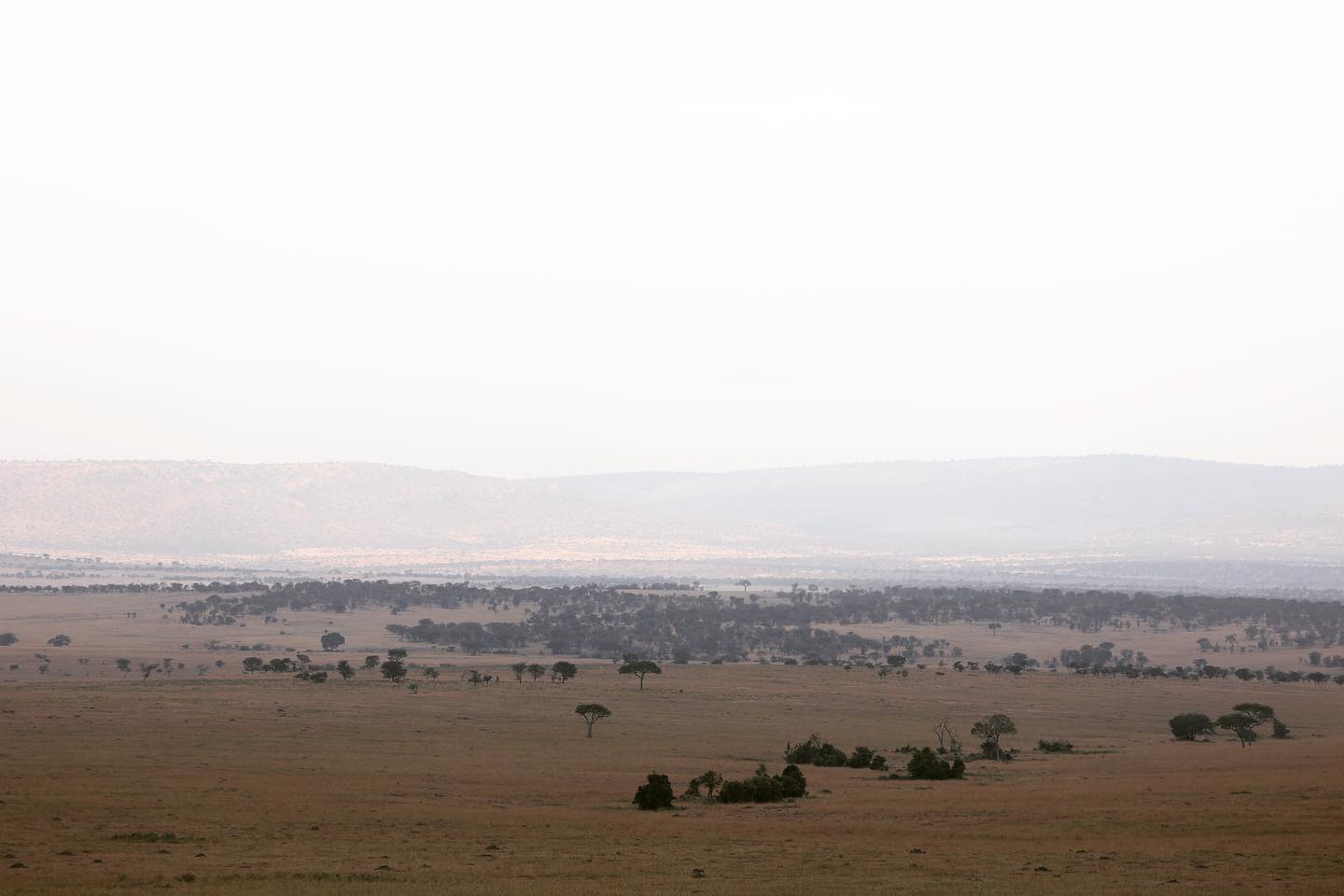
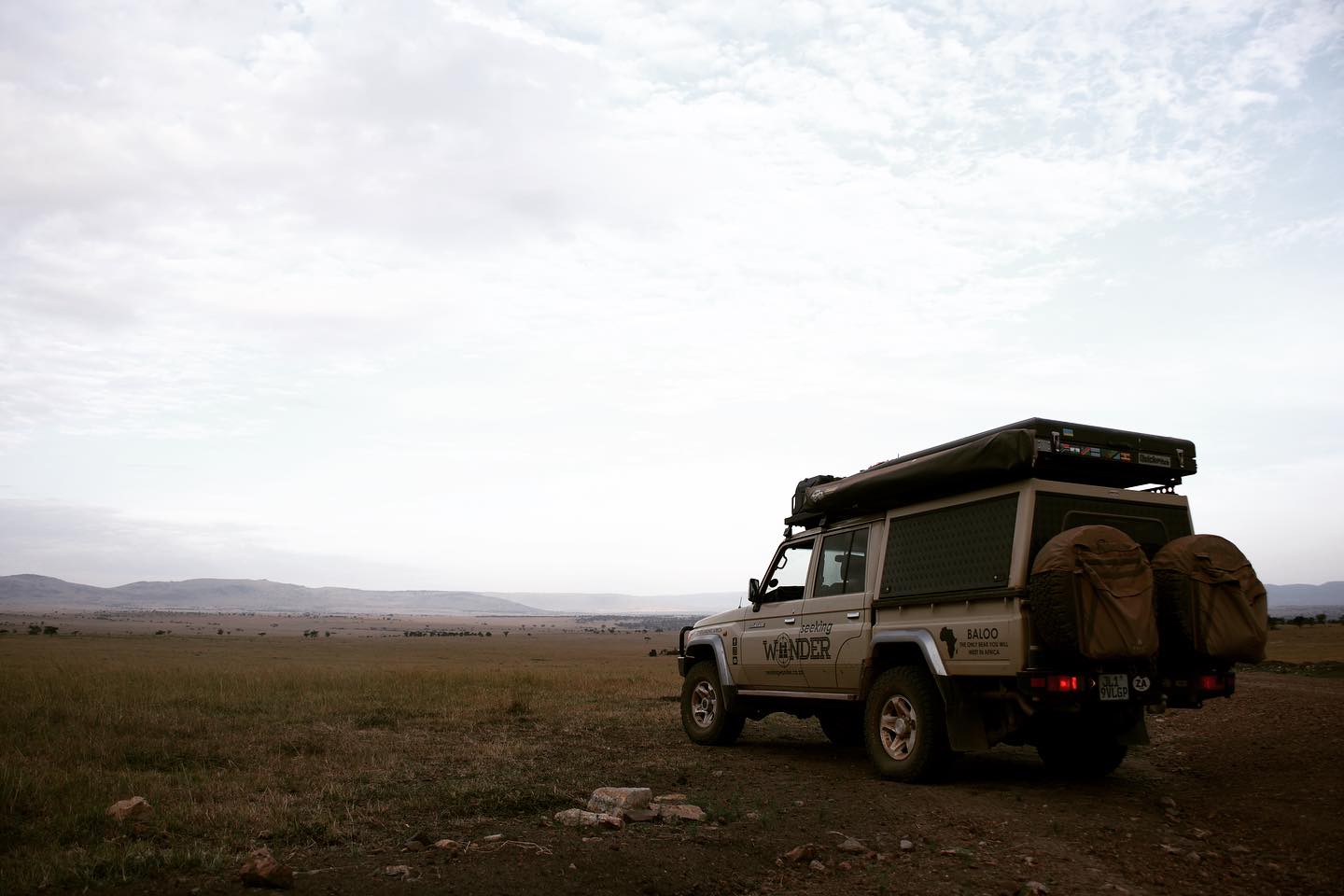
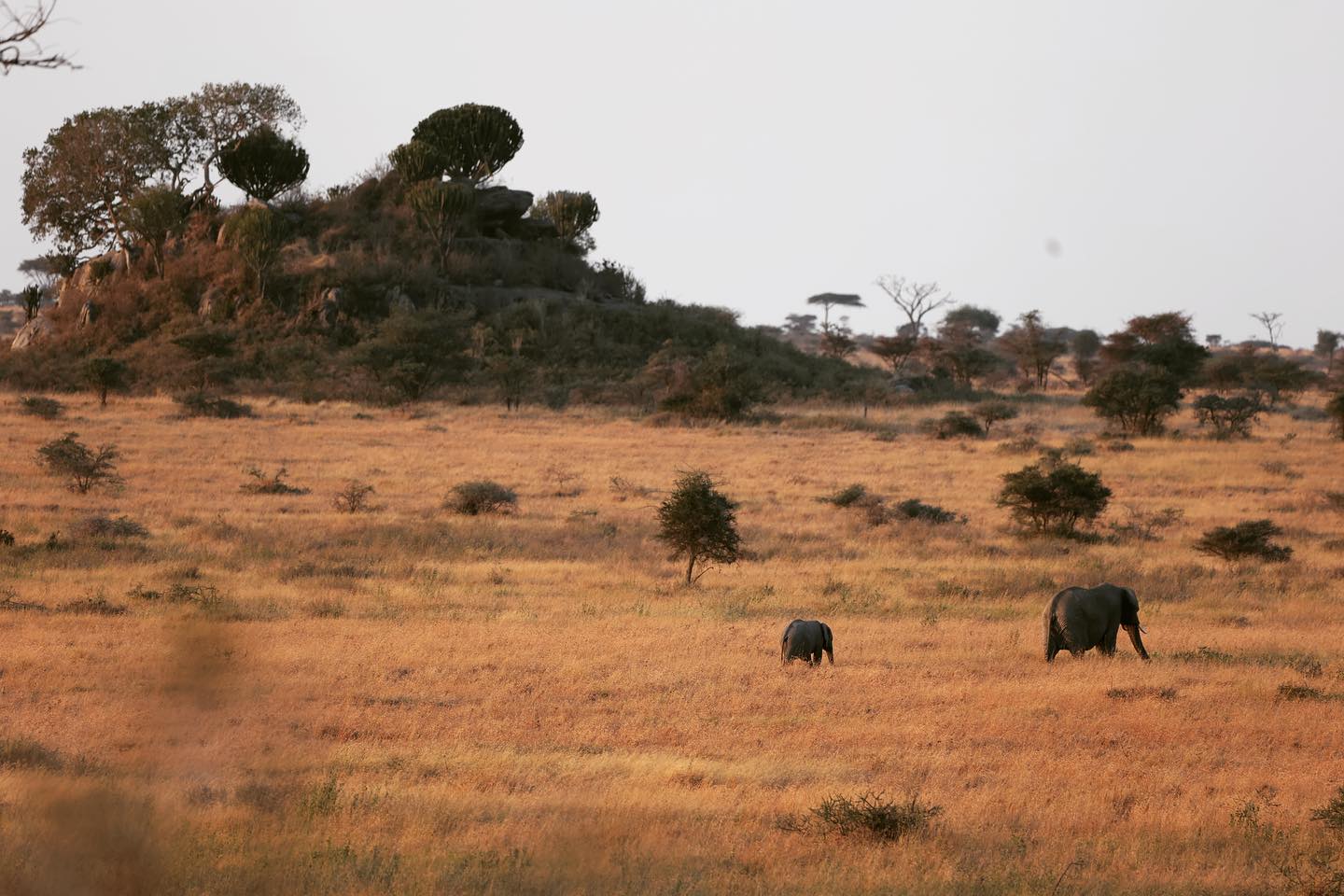
I’m surrounded by idiots. – Scar
We have always harboured a certain uneasiness with tourist game viewing vehicles. Although certainly not always the case, the unfortunate stereotypical jeep jockey often chases big sightings in exchange for even bigger tips. In the flagship East African parks, this Ferrari safari industry is taken to a whole next level, particularly in the high season. Loaded cruisers speed and swerve dangerously on the badly corrugated entrance road, hogged sightings make lion congestions in central Kruger look like driving school, and public bush campsites more closely resemble rock music festivals. We therefore quickly learnt that these parks should be visited with the right frame of mind – focusing on their unique beauty and many strong-points while managing your expectations of other aspects described so faithfully here by Scar.

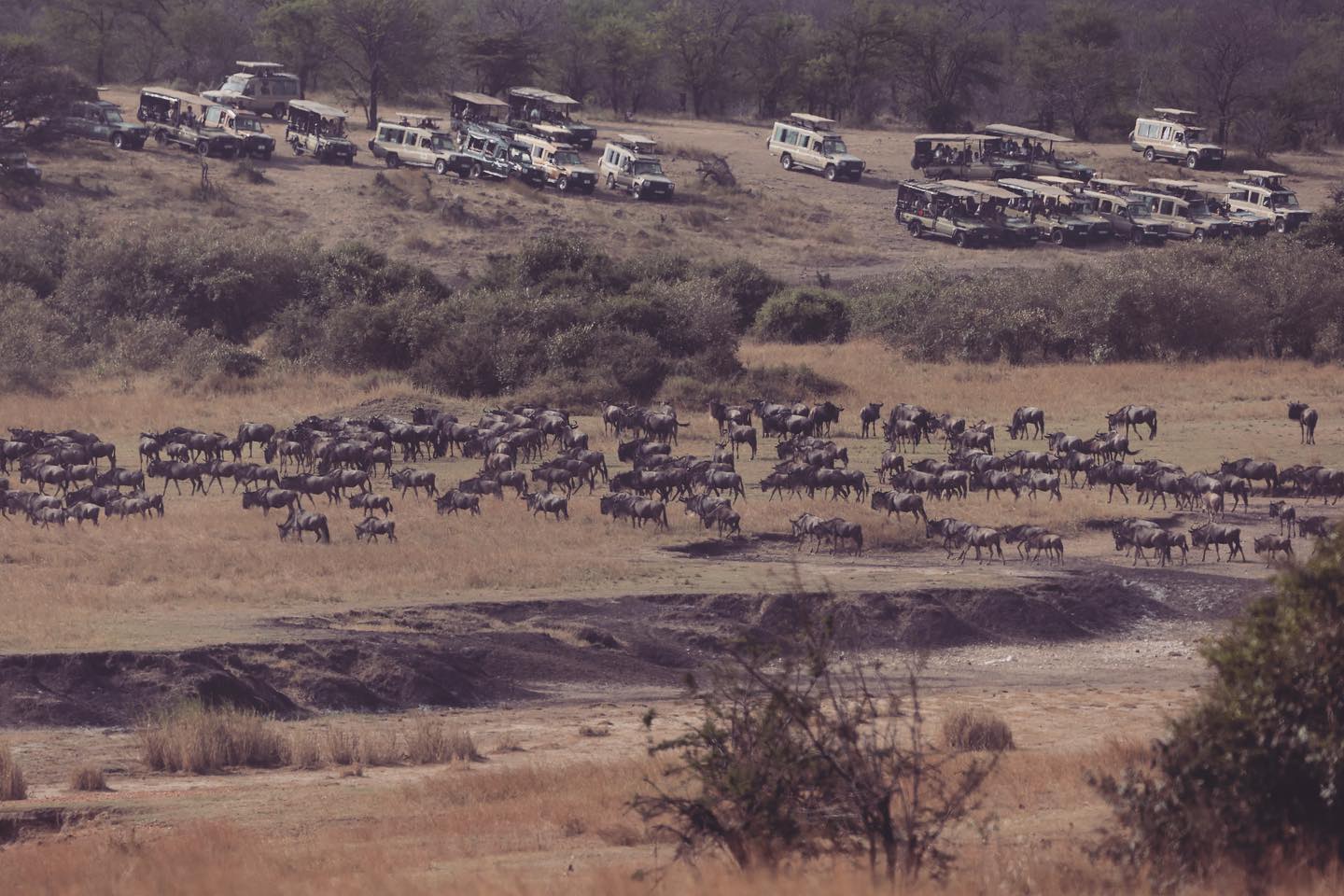
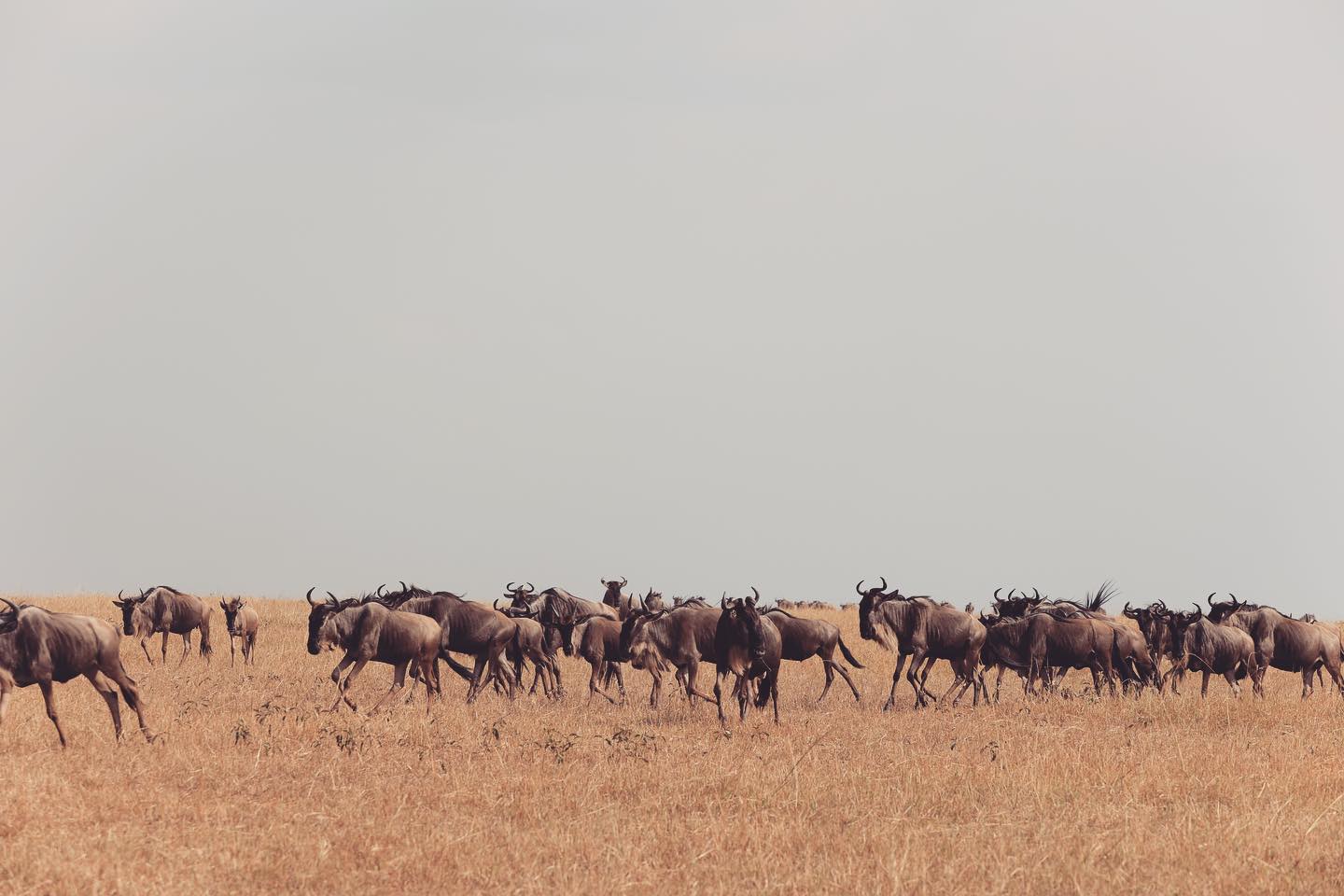
Carnivores, oy! – Timon
The incredibly high density of herbivores in the Serengeti means that the number of carnivores follows suit. We saw an amazing 31 lions in just 24 hours, including having an early morning coffee with a real Mufasa sunning himself majestically on a rock. We found three cheetahs, many hyenas and even got a glimpse of a beautiful Serengeti leopard. Great was our excitement when we came across a lone African golden wolf patrolling his koppie territory. We did not even know that these interesting creatures are found in these parts, so this was a real treat indeed. In Tarangire we were serenaded all night long by multiple lion prides, and found a treed leopard in the morning. If great cat sightings is your cat nip, you must simply put these parks on your to-do list!
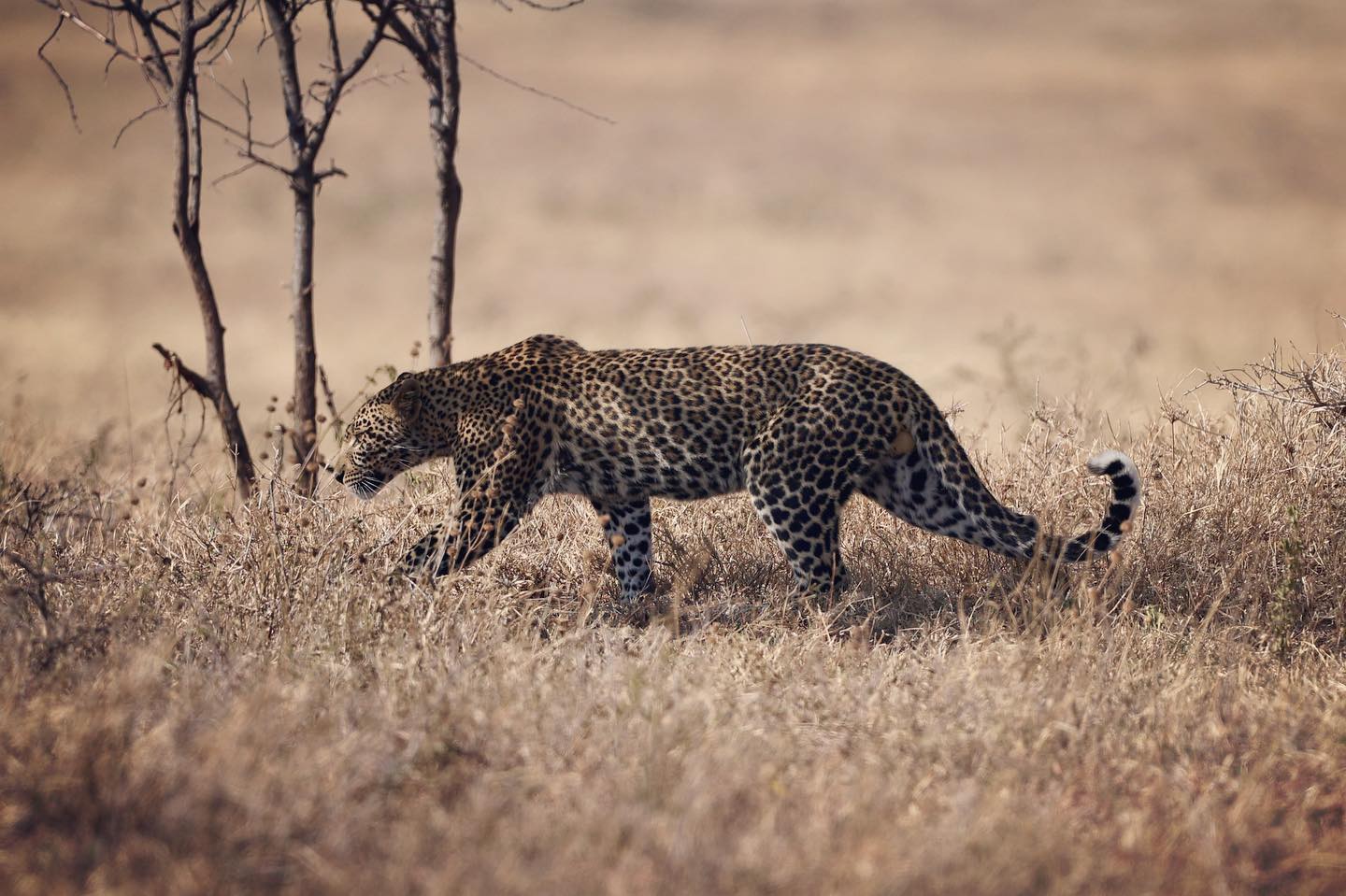
Life’s not fair, is it? – Scar
There is a looming dollar-shaped shadow over Tanzania’s beautiful national parks, particularly to overlanders and budget travellers. Much has been written about it, particularly regarding the rather unjustified and exorbitant fees for private vehicles that are making it increasingly unfeasible for self-drive visitors. It will perhaps suffice to simply state that the fees are not going to go down any time soon, so hurry up and plan the trip if it is at all within your reach. We still felt that this trip of a lifetime was absolutely worth it, although we will never complain about SANPark fees ever again!
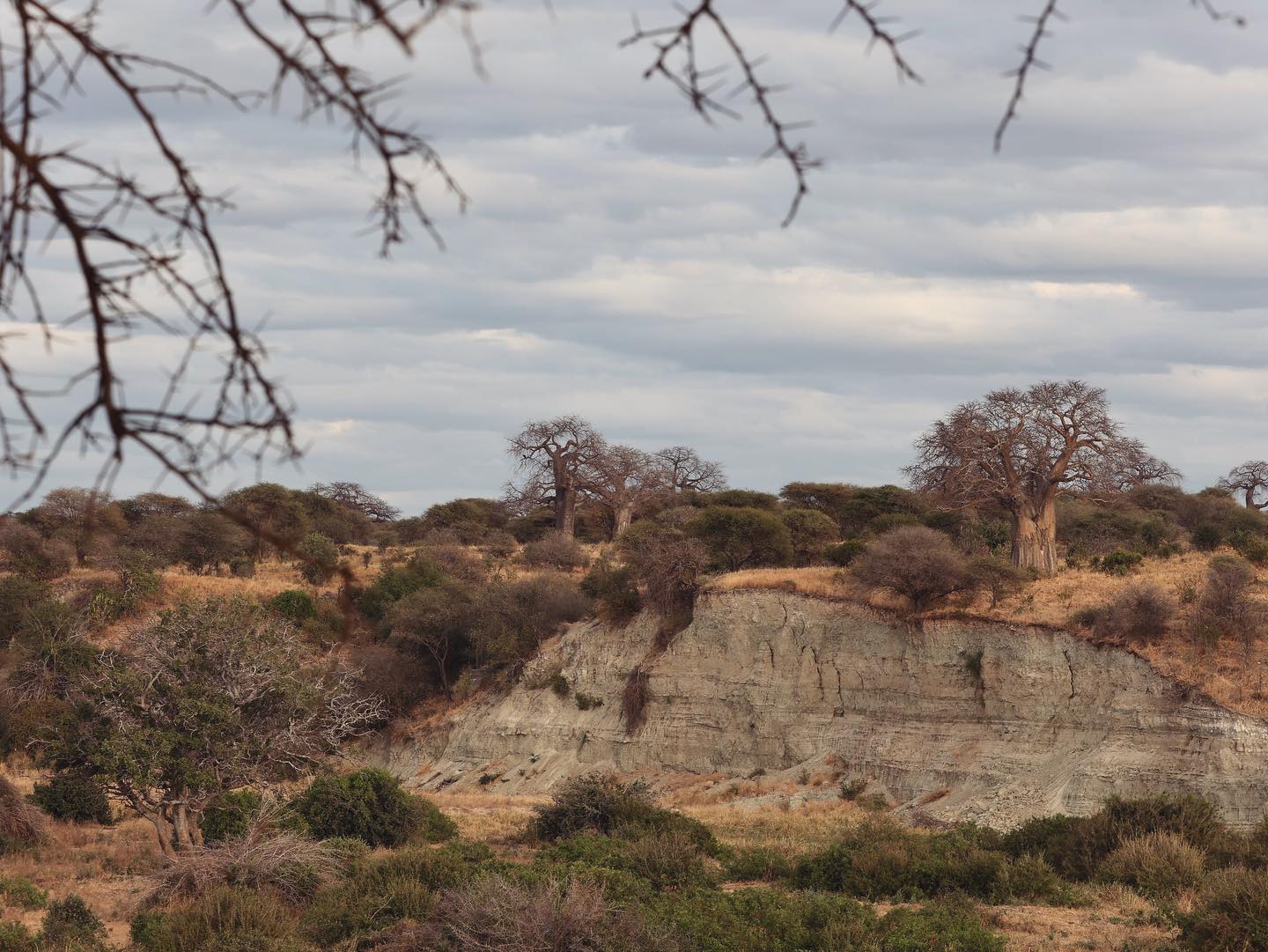
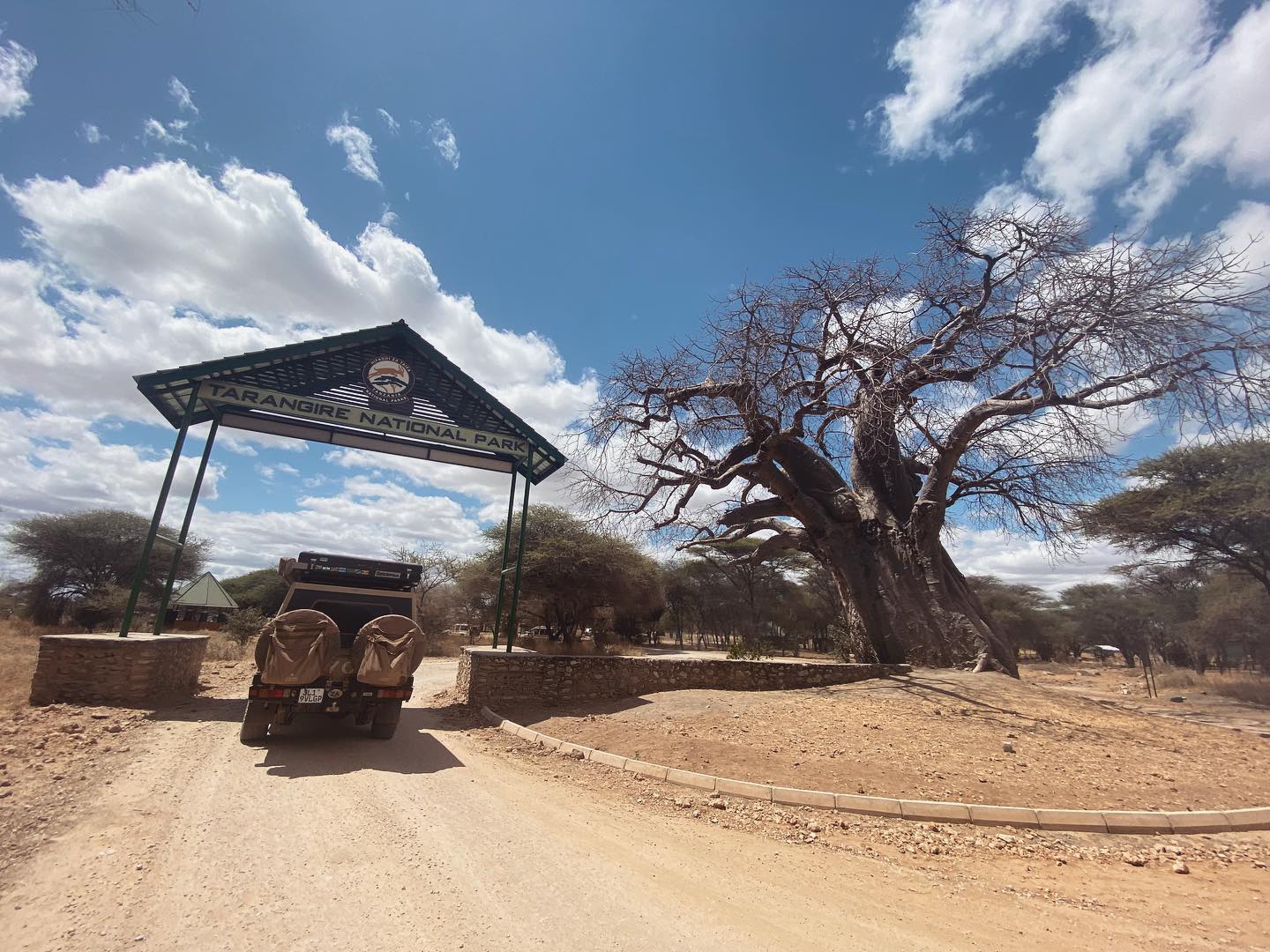
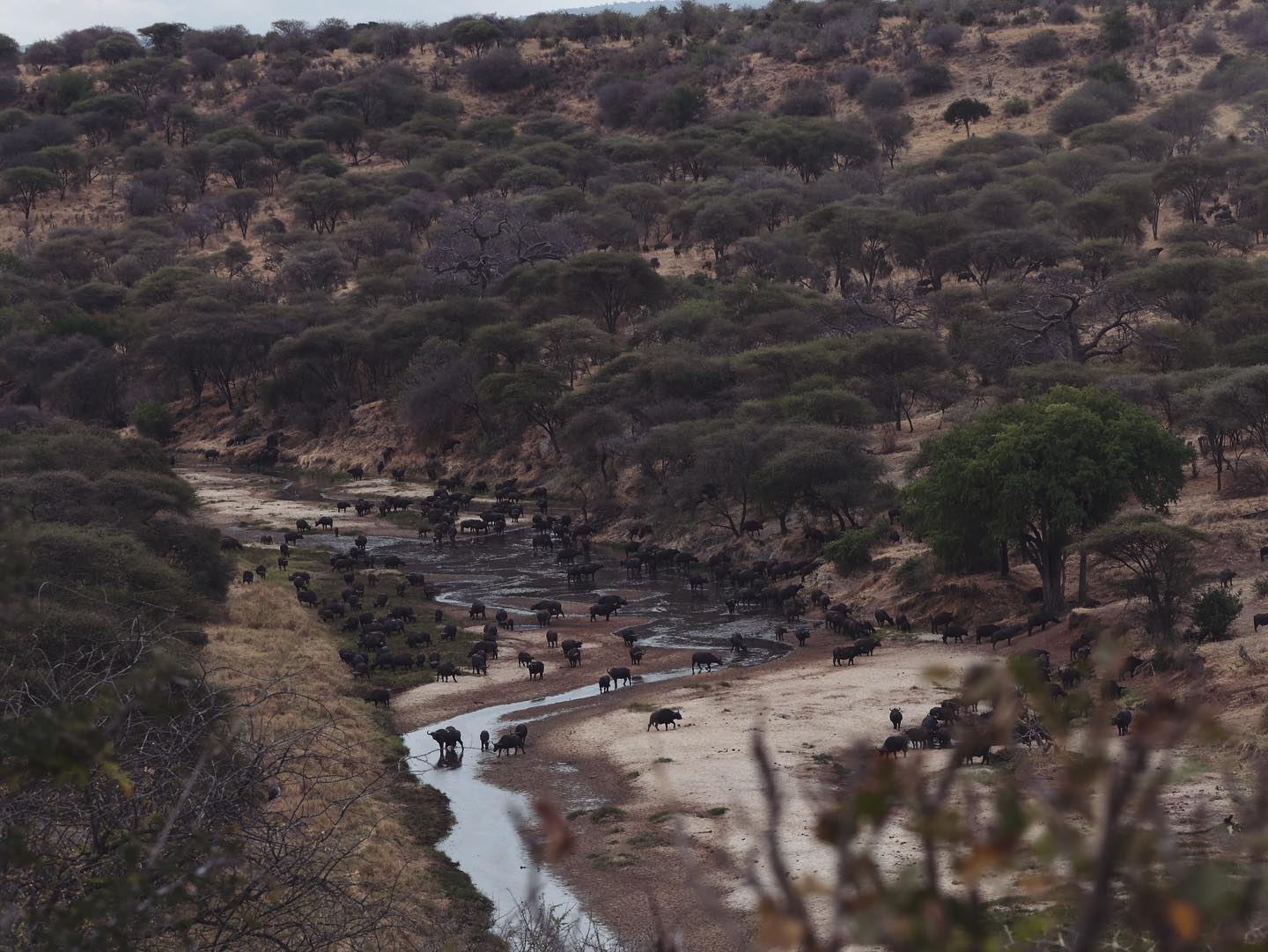
Hakuna Matata! – Timon and Pumbaa
There are very few places left in Africa, indeed in the world, where it likely still looks exactly what it must have looked like a few hundred years ago. It was therefore an immense privilege to visit these grand parks of Tanzania, let alone drive ourselves around them in Baloo. These are places where animals of all shapes and sizes still thrive in their hundreds of thousands, migrating unperturbed along ancient paths as they have done for millennia. These are places where the golden sun rises every morning (cue Elton John), and where there is hope for conservation efforts. These are places where, at least for a moment or two in time, animals can have no worries.
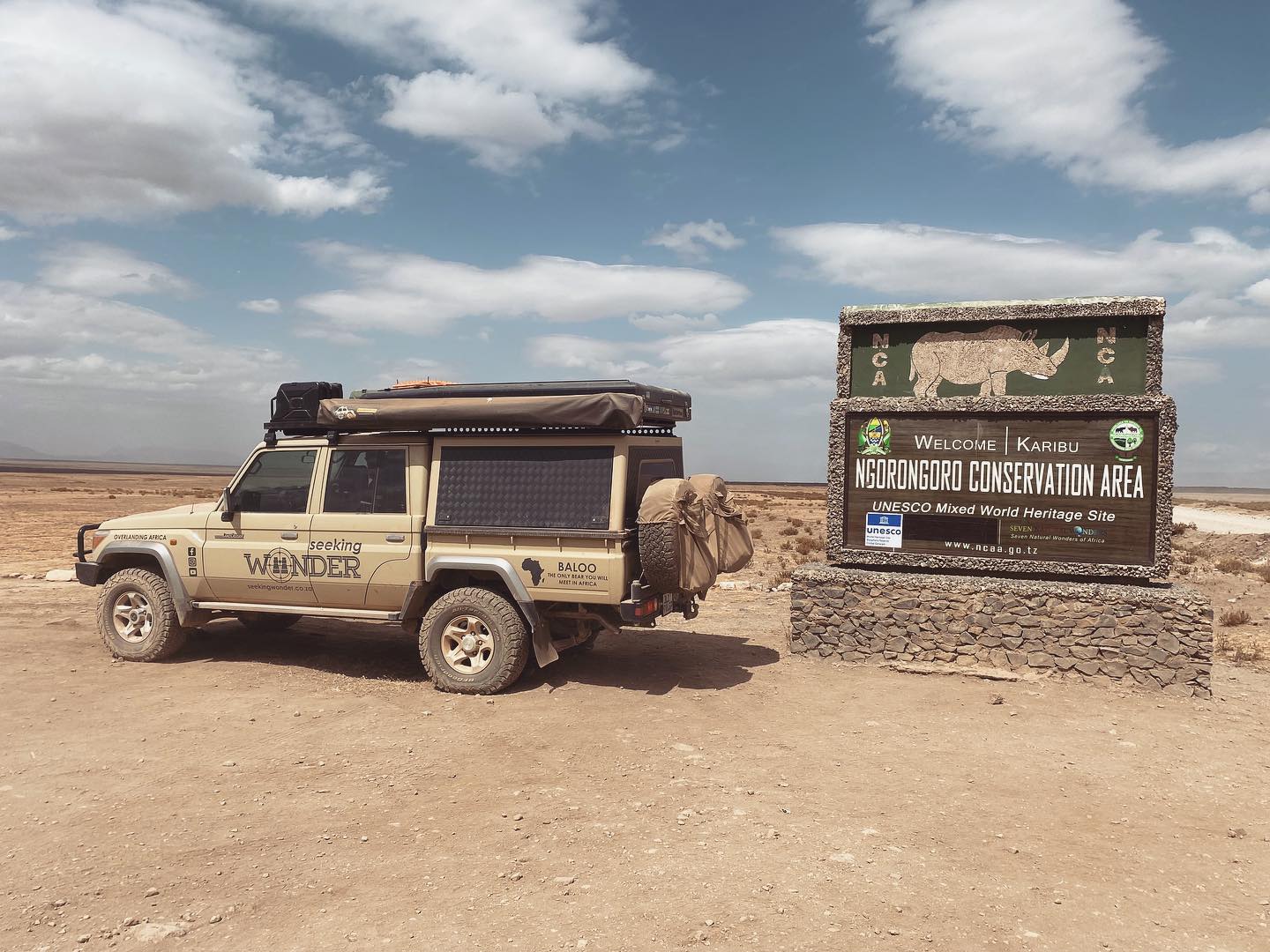
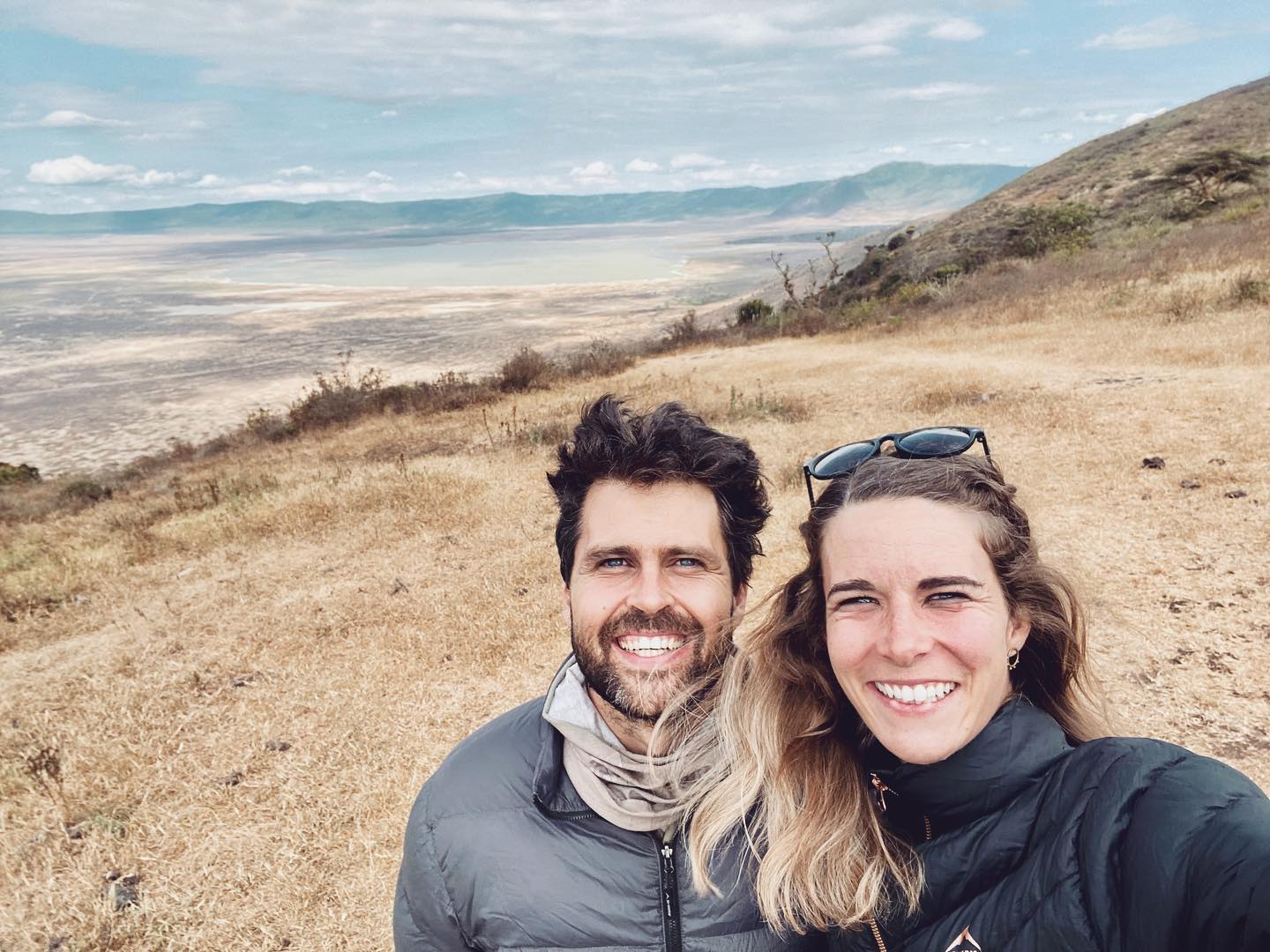
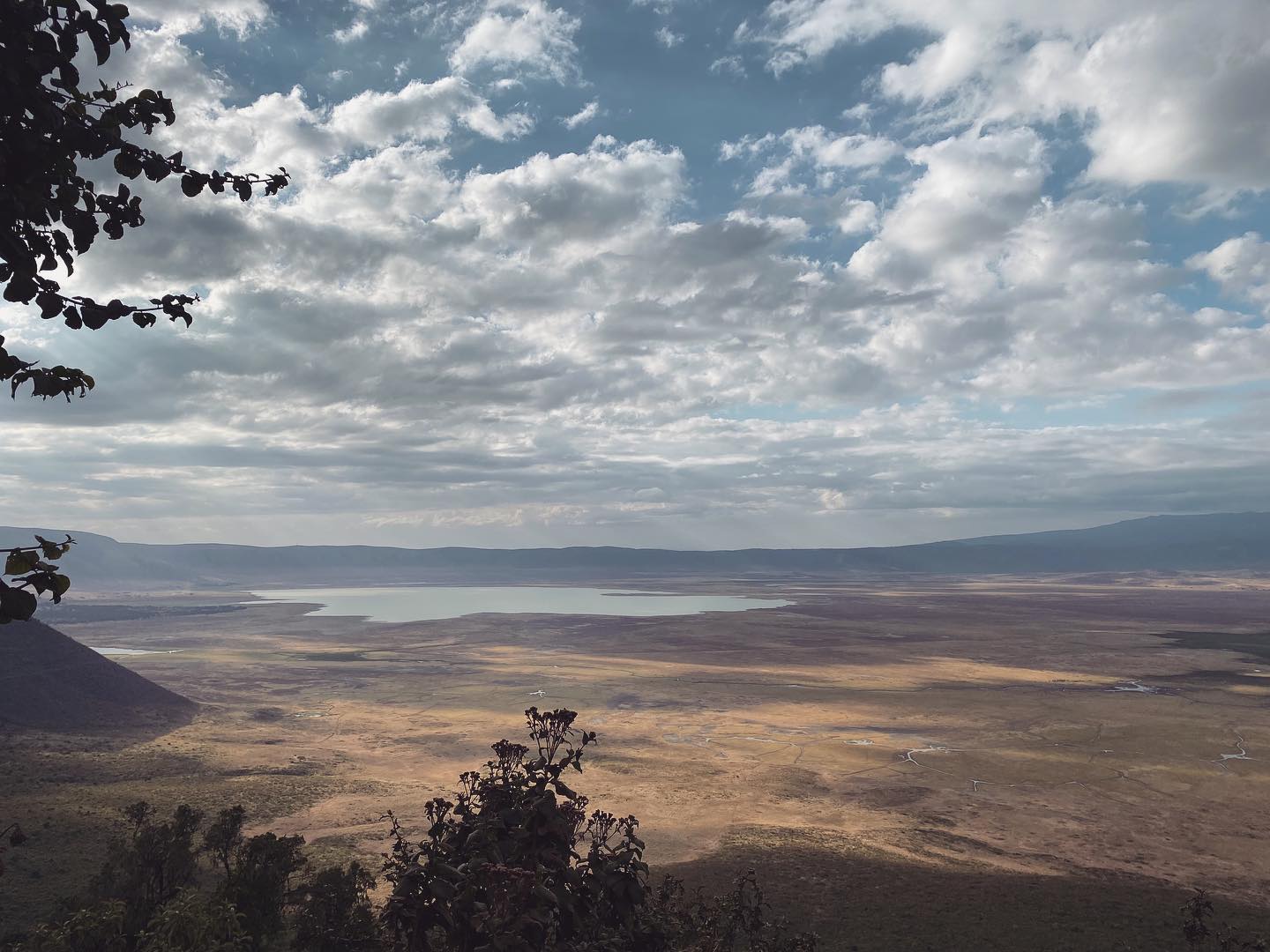
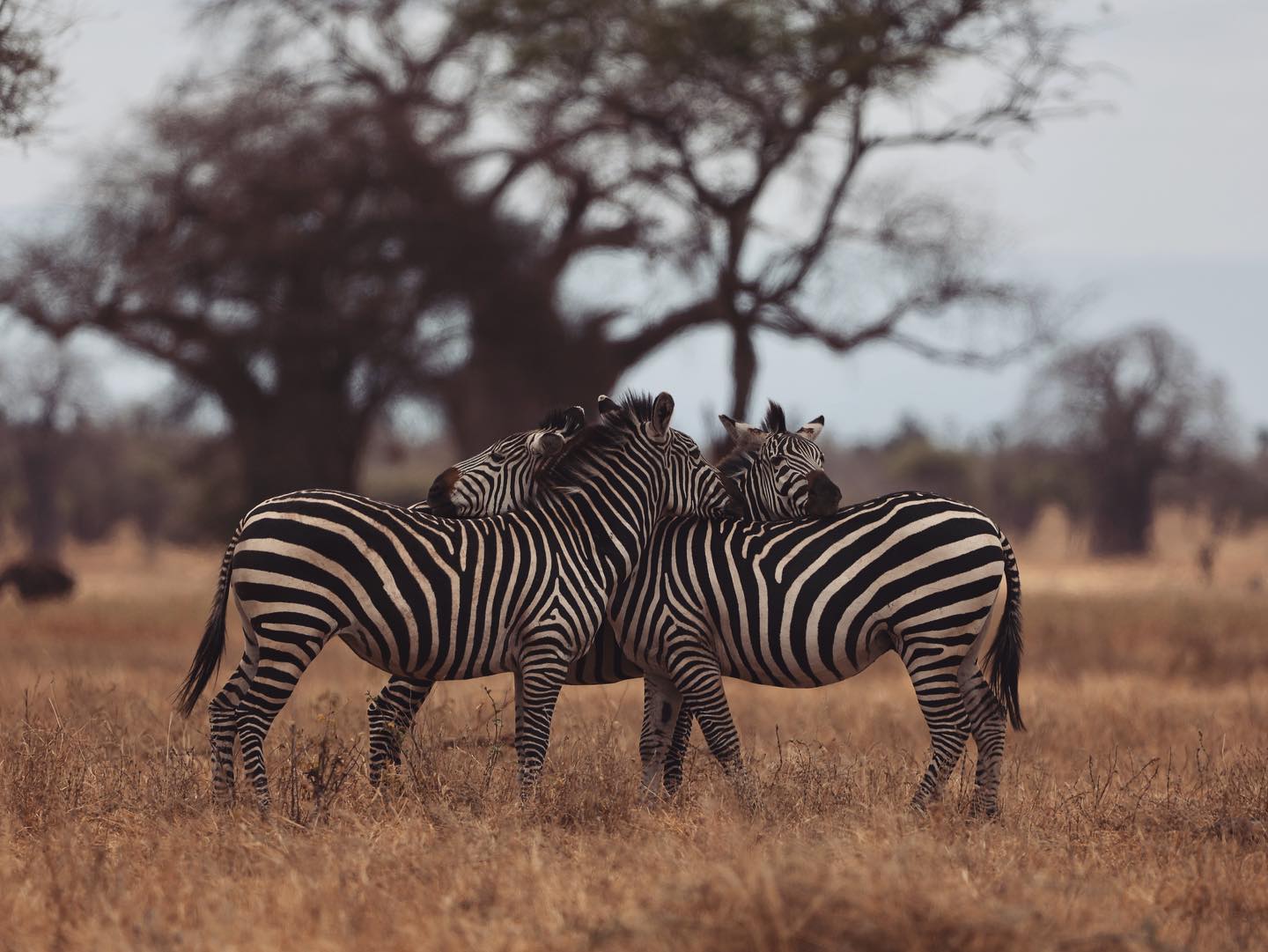
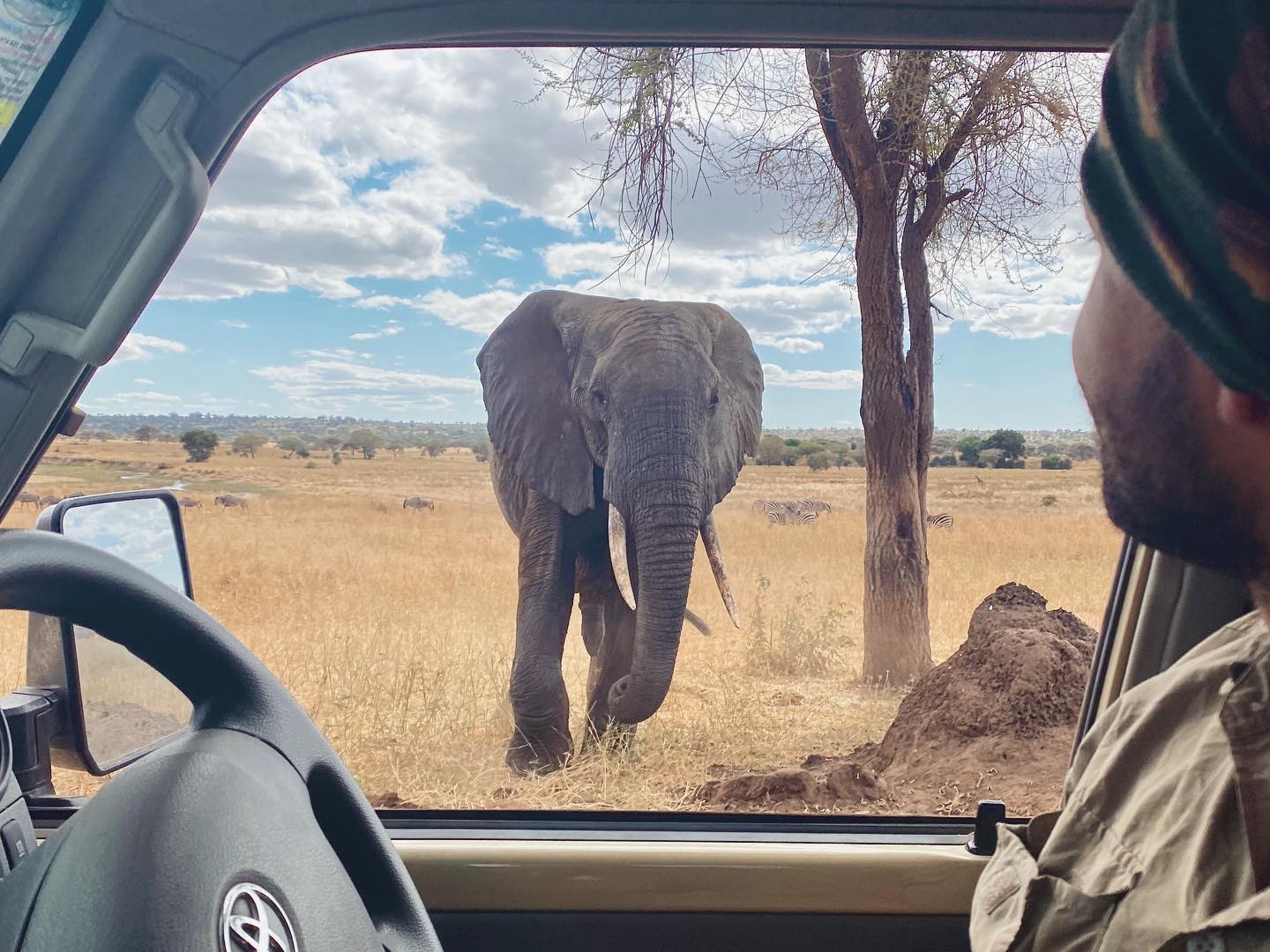
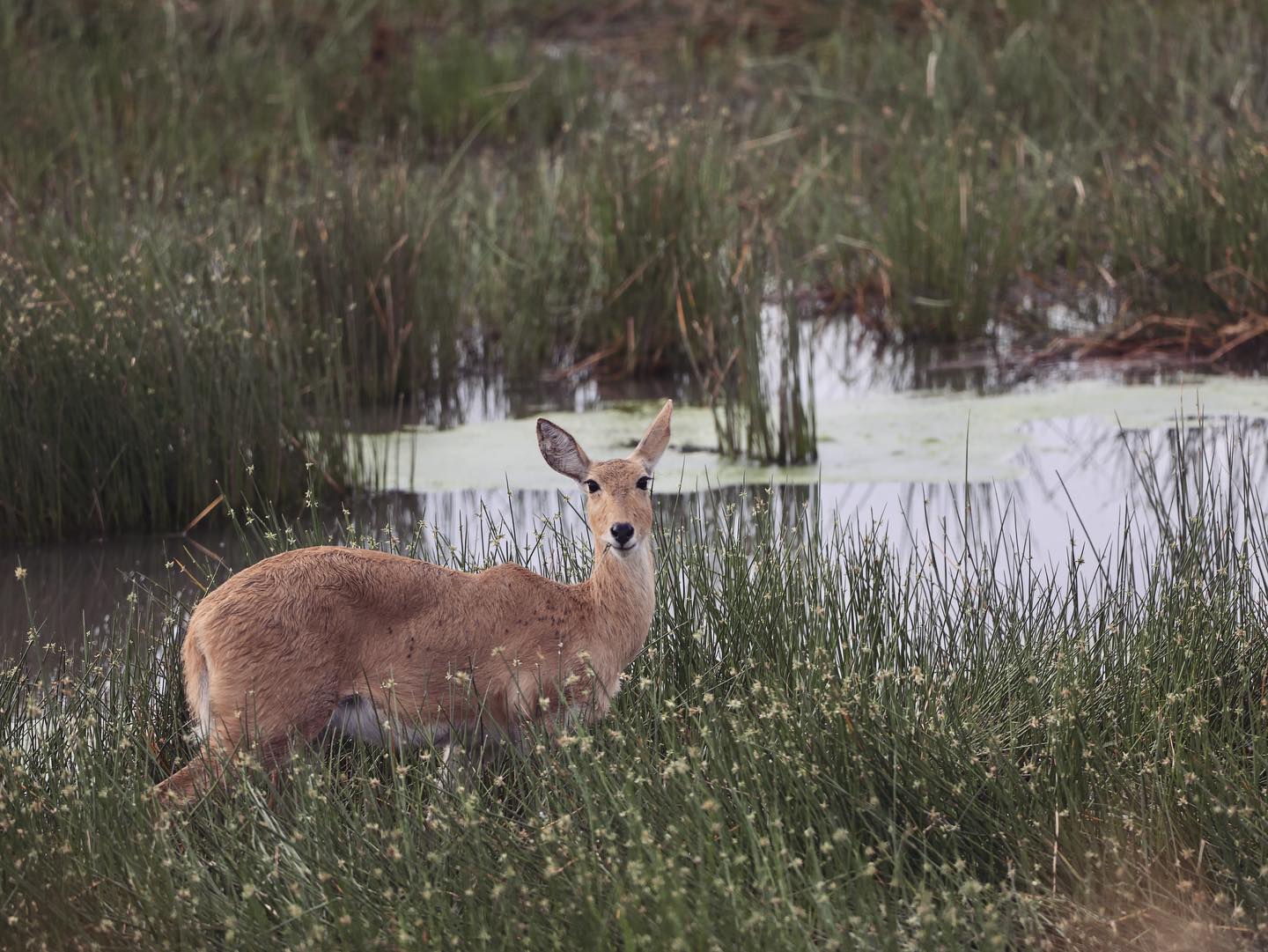
Some helpful trip tips:
Serengeti NP
- The park can roughly be divided into Northern, Western, Central and Southern areas. The classic flat-topped acacia scenery and busiest area is mostly central (around Seronera).
- The blue wildebeest migration moves in a clock-wise direction throughout the year. If you want to see them, plan your focus area ahead (https://www.discoverafrica.com/herdtracker/).
- Public (aka not exclusive) campsites are very busy with tour operators in the dry season, so arrive late, leave early and don’t expect facilities or atmosphere that match the cost.
- The Ngorongoro Conservation Area borders the Serengeti on the East and is just as expensive as the Serengeti, even if just transiting (more if you want to go down the crater). Therefore, plan your trip to enter on one side of the park and exit on another to avoid doubling costs.
- The road from Seronera to the NCA is notoriously badly corrugated. Avoid at least part of it by detouring towards the beautiful Gol Kopjes.
Tarangire NP
- Seeing mostly day-tripping tourists from Arusha, there are less overnight campers in Tarangire than in the Serengeti.
- Tarangire is less about ferrari safaris, and more about beautiful baobab landscapes, a wonderful river and denser bushveld like southern African wilderness areas.
Arusha
- Stock up and treat yourself at The Village.
- Those empty South African Cadacs can be filled at Manji’s Gas.
- Book your rattled cruiser in for a well-deserved service at the well-oiled Arusha Toyota (expat SA manager included).
- Foodies, coffee and wi-fi snobs should try Coffee Culture.
Campsites
- Lake Victoria / Mwanza: Rocky Bay Lodge
- Outside Serengeti (West): Ikoma Safari Lodge
- Outside Ngorongoro (East): Foresight Safari Lodge
- Arusha area: Twiga Lodge
- Moshi area: Simba Farm Lodge
